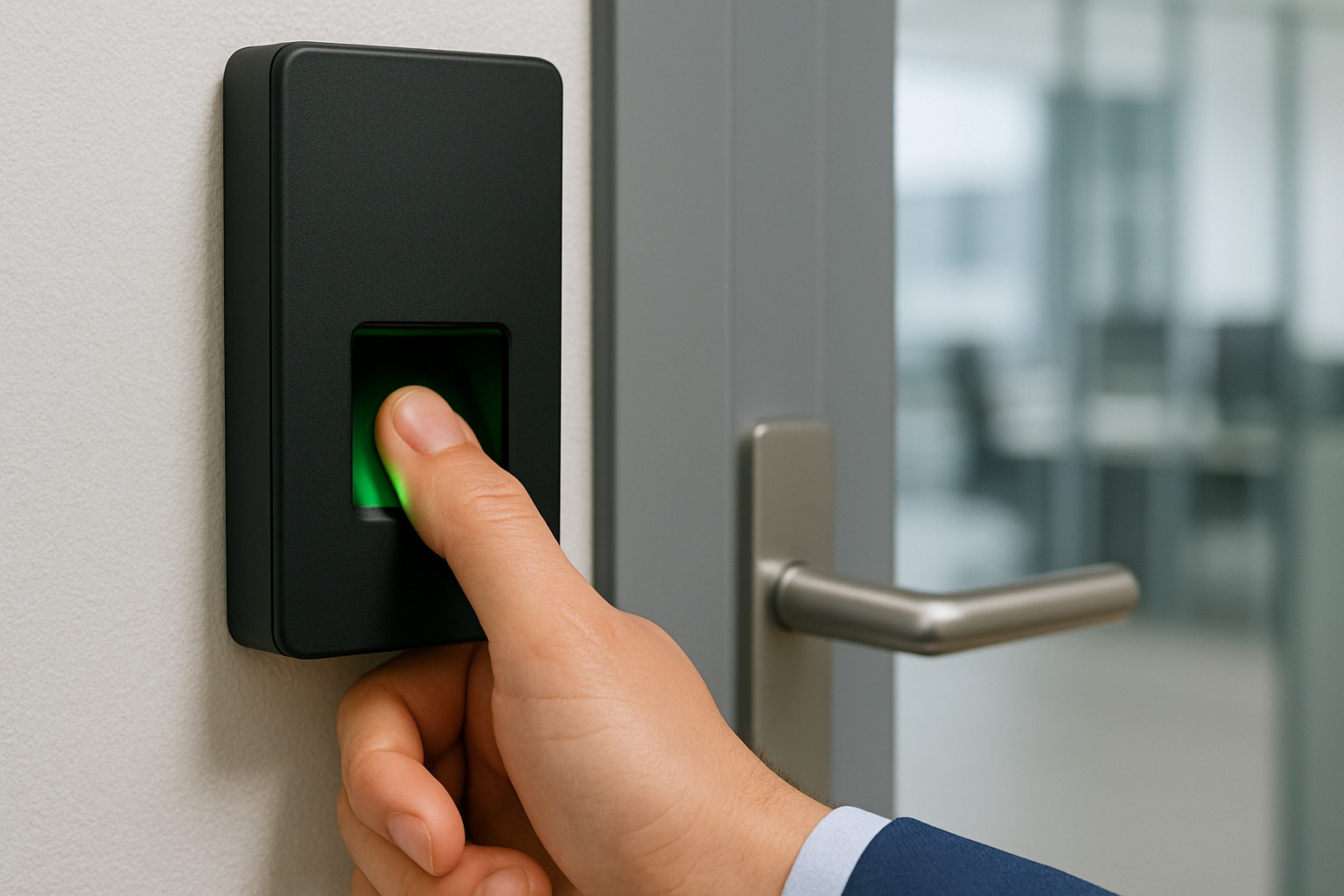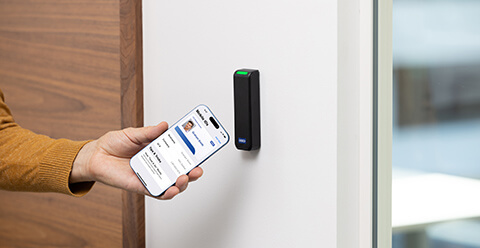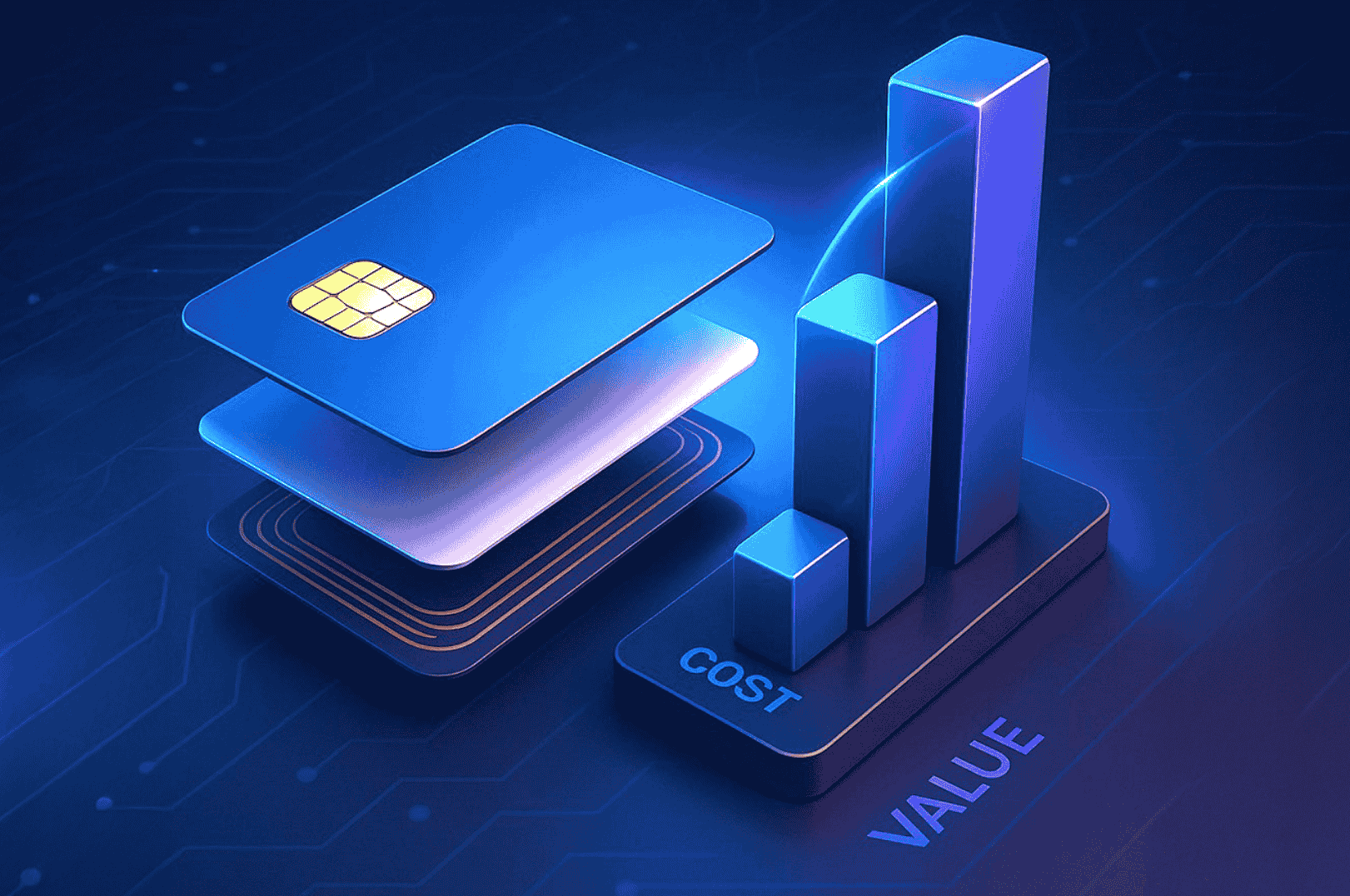Smart cards have become an integral part of modern life, used for a wide range of applications, from security and access control to secure payments, public transportation, and personal identification. With the increasing use of this technology, more and more organizations and businesses are interested in the question: What is the cost of a smart card and how can one choose the most suitable smart card for an organization with the optimal cost-benefit ratio?
A smart card is a plastic card containing an electronic chip that allows for data storage, processing, and transfer. The chip can be memory-only or include a processor and an operating system that provides advanced computing and security capabilities. These cards are used for secure identification, information encryption, and activation of various systems through user identity verification. Among the types of smart cards are contact cards, which require inserting the card into a reader, and contactless cards RFID) or NFC, which enable wireless communication with the reader using electromagnetic waves. The popularity of contactless smart cards is growing, especially in the fields of payments, transportation, and access control.
Factors Affecting Smart Card Cost
When considering the cost of a smart card, several key factors influence the overall price of the system:
- Card Technology – Basic cards with only a memory chip are cheaper than cards that include an advanced processor and encryption features.
- Card Material – Standard plastic cards are cheaper than cards made from more durable materials, such as polycarbonate, which extend the card’s lifespan.
- Security Capabilities – Cards with advanced encryption and biometric authentication capabilities are more expensive due to the high level of security they offer, the operating system license cost.
- Order Volume – As in any manufacturing field, purchasing in large quantities allows for significant price reductions, while small orders incur higher costs per individual card.
- Customization – Personal printing, the integration of a logo, unique colors, or specific encoding may increase the cost of the card.
- Integration with Existing Systems – The cost of a smart card includes not only the manufacturing price but also its integration into organizational systems, such as access control, employee management, or secure payment solutions.
Cost-Benefit Comparison
ComputerGuard provides a wide range of solutions in the field of smart cards, with full adaptation to the organization’s needs. When evaluating the investment in smart cards, one must consider not only the direct price of each card but also the long-term economic benefit it brings. For example, smart cards with a high level of security can reduce the risks of forgery and fraud, thereby saving the organization significant costs related to theft or security breaches. Additionally, the use of smart cards can streamline organizational processes and save valuable working time. For instance, an access control system based on smart cards allows for automated management of employee and visitor entry, eliminating the need for guards or manual identification solutions and providing accurate tracking of working hours.
For consultation and customization of smart cards for your organization, contact us and receive a particularly attractive offer.






